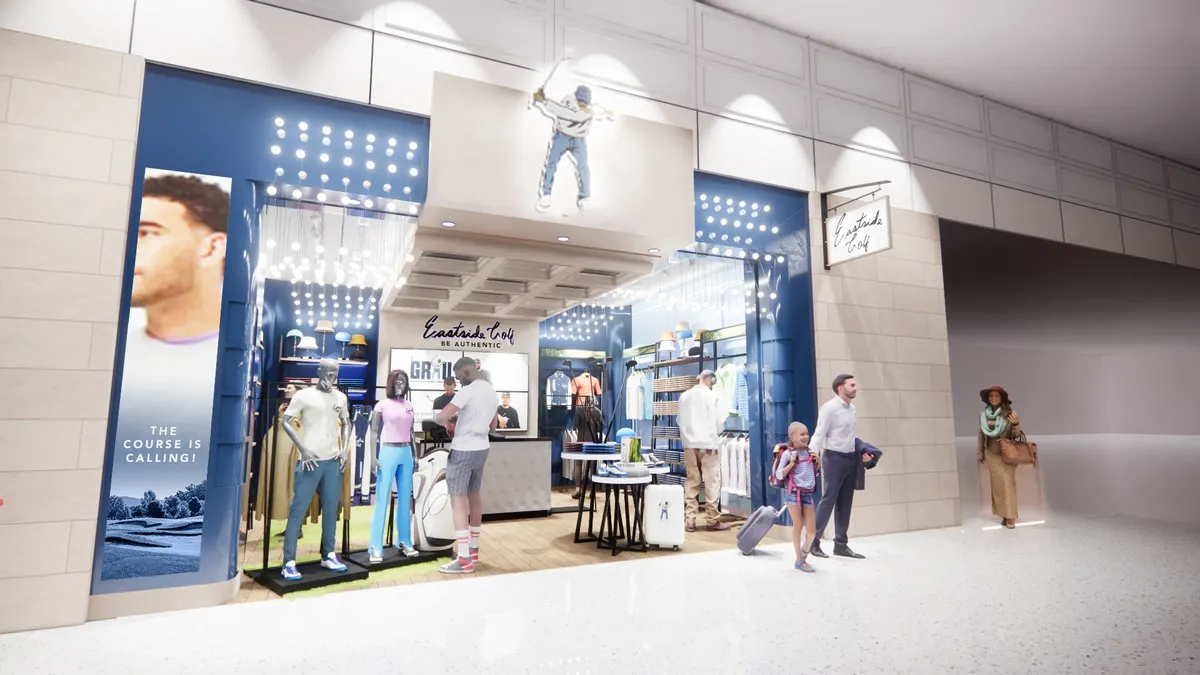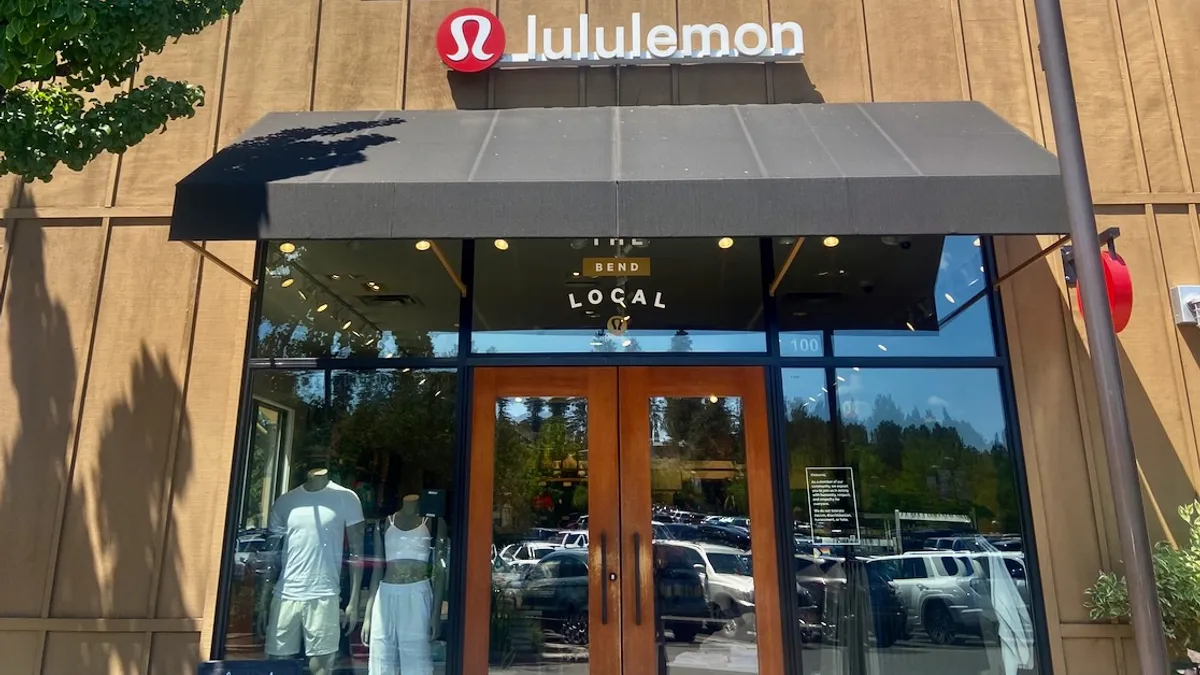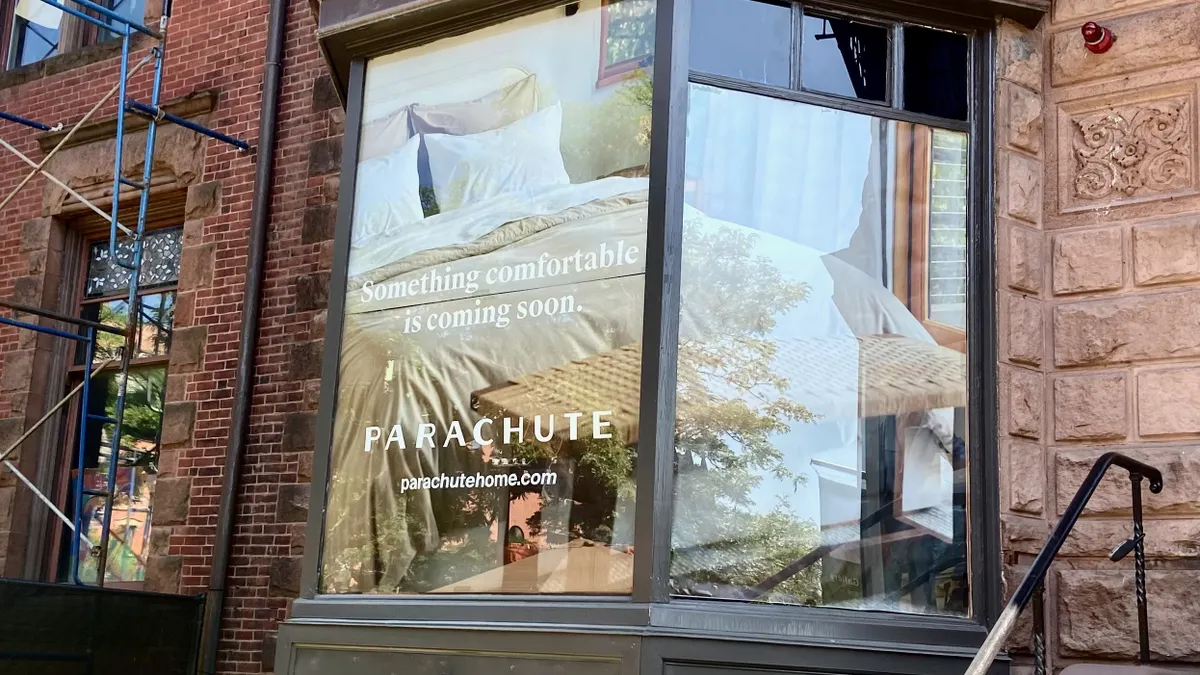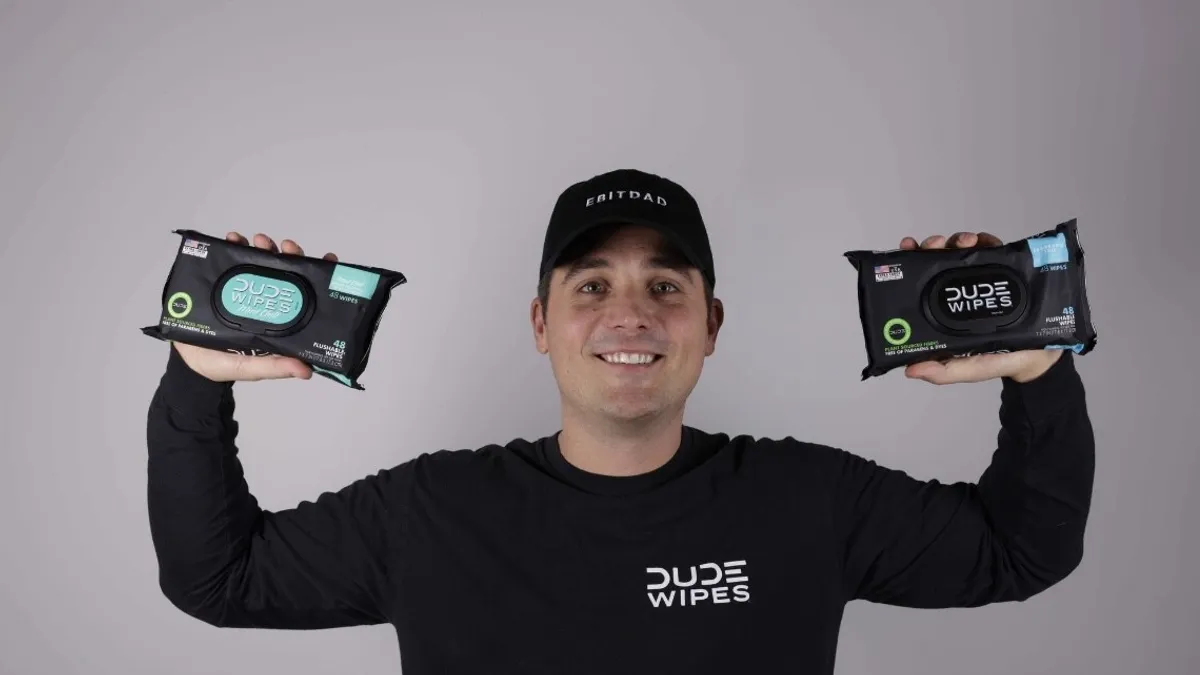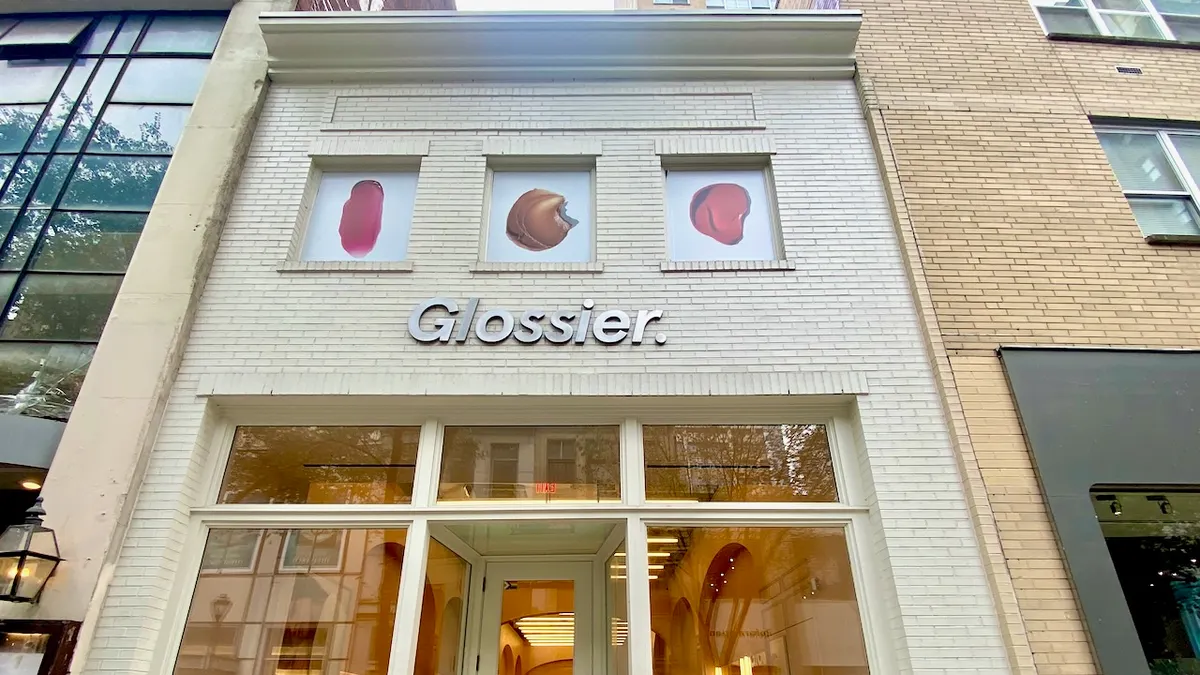Amazon is, above all, a retailer — the retailer, really, that has pretty much single-handedly defined e-commerce and changed nearly all aspects of retail in the process, at least in some way.
And Amazon is also a tech company. Its Amazon Web Service powers many corners of the web, like Netflix’s and Spotify’s streaming services and Obamacare’s Healthcare.gov, among others. But its own retail site benefits from its tech savvy, with secure payment, highly personalized recommendations, an assortment that dwarfs that of Walmart.com, and search capabilities that are whipping Google.
“The reason Amazon beats Wal-mart isn’t because they have better supply chain or better options,” Laurence Cooke, founder and CEO of loyalty and payment platform nanoPay, told Retail Dive earlier this year. “It’s that Amazon knows everything about you and Wal-Mart knows nothing about you. Wal-Mart may have discounts, but they may not be relevant to you at all.”
But in another area that has Amazon dominating and disrupting — delivery — the e-retail giant is also scrambling. Amazon has arguably helped drive the current frenzy in same-day delivery. And its reliable and free two-day shipping is the major reason most Prime members plunk down $99 a year for membership. But Amazon is still figuring out how to rein in costs while also keeping deliveries speedy, testing third-party shippers, drones, even newspaper couriers. But not even Amazon appears to have found the sweet spot in retail fulfillment.
Same-day madness
The current madness in same-day delivery is fueled in a major way by Amazon, which has rapidly expanded its delivery options this year. But companies like Uber, Deliv, and Postmates are finding opportunity in the new standard that Amazon has introduced, city-by-city, to its Prime members. That’s because retailers of all stripes are under increasing pressure to speed up delivery, a lesson they learned from when Amazon had a field day, in the early days of e-commerce, by undercutting them on price.
Still, same-day delivery has an uncertain future. It’s really delivery of food—from restaurants and grocery stores—that appears to dominate the same-day delivery rush, despite recent moves by Kohl’s and Macy’s (which both partner with delivery startup Deliv) to offer the option. All those companies must also contend with challenges to their model, like regulators’ concerns about whether drivers are truly independent contractors, or are in practice operating like employees.
And while the services remain fairly inexpensive to the consumer, the companies in the space appear to be operating with investor funding. It’s not clear that the enterprises are truly profitable, or would be if they were obligated to offer drivers benefits like Social Security pay. (Delivery startup Shyp, for example, has gotten ahead of such uncertainty by offering its drivers employment in order to better maintain control of its operations and growth.)
Expense
While many of the same-day delivery companies are operating on investment funding, leaving onlookers clueless about profitability, retailers are otherwise finding that the last mile of fulfillment is an expensive one. That’s what makes click-and-collect services so brilliant; while they’re all about convenience to the customer, it’s the customer taking care of that mile of fulfillment, even if it does take lean and mean inventory analytics and logistics.
Meanwhile, the old-fashioned shippers are ramping up their fees. FedEx and UPS have increased fuel charges despite falling gas prices. And this year dimensional pricing, which takes into account a package’s size as well as its weight, is also in effect.
Stores
Amazon has thrived on its pure-play e-commerce disruption for nearly two decades. But with many brick-and-mortar retailers sweeping some of its price advantage away and implementing and further refining their own e-commerce sites and apps, Amazon is no longer the lone cowboy on the range.
Amazon is hardly shrinking in the face of brick-and-mortar retailer comebacks, though. Just last week the company wowed Wall Street Thursday with a report of $25.36 billion in revenue, sailing past expectations. The e-retail giant made $79 million in Q3, 17 cents per share, compared to an expected loss of 13 cents per share. Shares surged 10% in after-hours trading on the news as Amazon demonstrated what its patient investors have been waiting for: a pattern of consistent growth and profit.
Still, brick-and-mortars, once seemingly saddled with the expense of leasing, filling, and staffing stores, have found those edifices handy for mixing up the ways their customers can receive online orders. In addition to old-fashioned shipping, for example, Target, Wal-Mart, Kohl’s, and others offer click-and-collect services that allow customers to get their hands on online orders without having to dispatch any kind of courier at all.
The closest Amazon can come right now to the regional or national network of mini-warehouses that brick-and-mortar retailers could have in their stores is its own vast network of warehouses, fulfillment centers, and sorting centers. And it has expanded that greatly in recent years.
Seizing control
According to numerous reports, Amazon is trying out ways of cutting out the role of traditional shippers entirely by having some of its own warehouse or sorting center staff deliver some packages.
"Among other opportunities, Amazon has 'powerhouse potential' in the large transportation and logistics market, dominated by global enterprises such as DHL and UPS," according to a Oct. 19 report from Baird Equity Research. "Our assessment of Amazon's broadening fulfillment ecosystem, internal domain expertise, and early initiatives with Prime Now to offer third-party delivery suggests there is evidence Amazon may ultimately pursue more comprehensive third-party services.”
In fact, some news outlets are reporting that Amazon is very close to getting into the shipping business in an even more formal way.
“Amazon.com Inc. has begun the process of assembling a high-level executive team to lead the company's push to develop its own transportation network, according to a person familiar with its strategy and planned execution,” writes reporter Mark B. Solomon of DC Velocity.
Innovation & experimentation
Yet, in a move that would put delivery very much out of its control, inviting the kind of mishaps that could disrupt its Prime success, Amazon is also toying with crowd-sourcing “ordinary people” to deliver packages, Uber-style.
It's all clearly highly experimental, which should be of no surprise to anybody. Don’t forget, the retailer is still developing delivery drones and actively lobbying the Federal Aviation Administration and NASA about air space regulations, going so far this summer as to ask for a 200-foot zone. But then, experimentation is a mode in which founder-CEO Jeff Bezos has always operated without fear.
“What really matters is, companies that don’t continue to experiment, companies that don’t embrace failure, they eventually get in a desperate position where the only thing they can do is a Hail Mary bet at the very end of their corporate existence,” founder-CEO Bezos told Business Insider late last year.
What that might mean for Amazon's future in the shipping business is anybody's guess. But if the company finds a way to take shipping into its own hands, shipping and delivery companies everywhere will likely have to take note.







